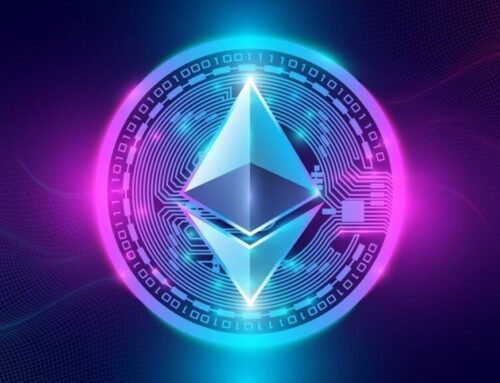Who Is Vitalik Buterin? Meet Ethereum’s Visionary Founder
April 3, 2025
Who is Vitalik Buterin? He is the visionary mind behind Ethereum, one of the most influential blockchain platforms. Born in Russia and raised in Canada, Buterin is known for pioneering smart contracts and decentralized finance solutions that shape how individuals and businesses engage with blockchain technology.
As a programmer, writer, and thought leader, Buterin’s contributions have propelled the crypto space forward, inspiring developers to build software for a decentralized future. This article explores his life, accomplishments, and the lasting impact he has on the crypto industry.
Who is Vitalik Buterin?
Vitalik Buterin is a Russian-Canadian programmer, writer, and entrepreneur who co-founded Ethereum in 2013. Renowned for his contributions to blockchain technology, Buterin championed Ethereum’s smart contract functionality, propelling the network beyond simple peer-to-peer transactions. His philosophical foundations revolve around decentralization, community governance, and the belief that blockchains can transform various industries, from finance to social media.
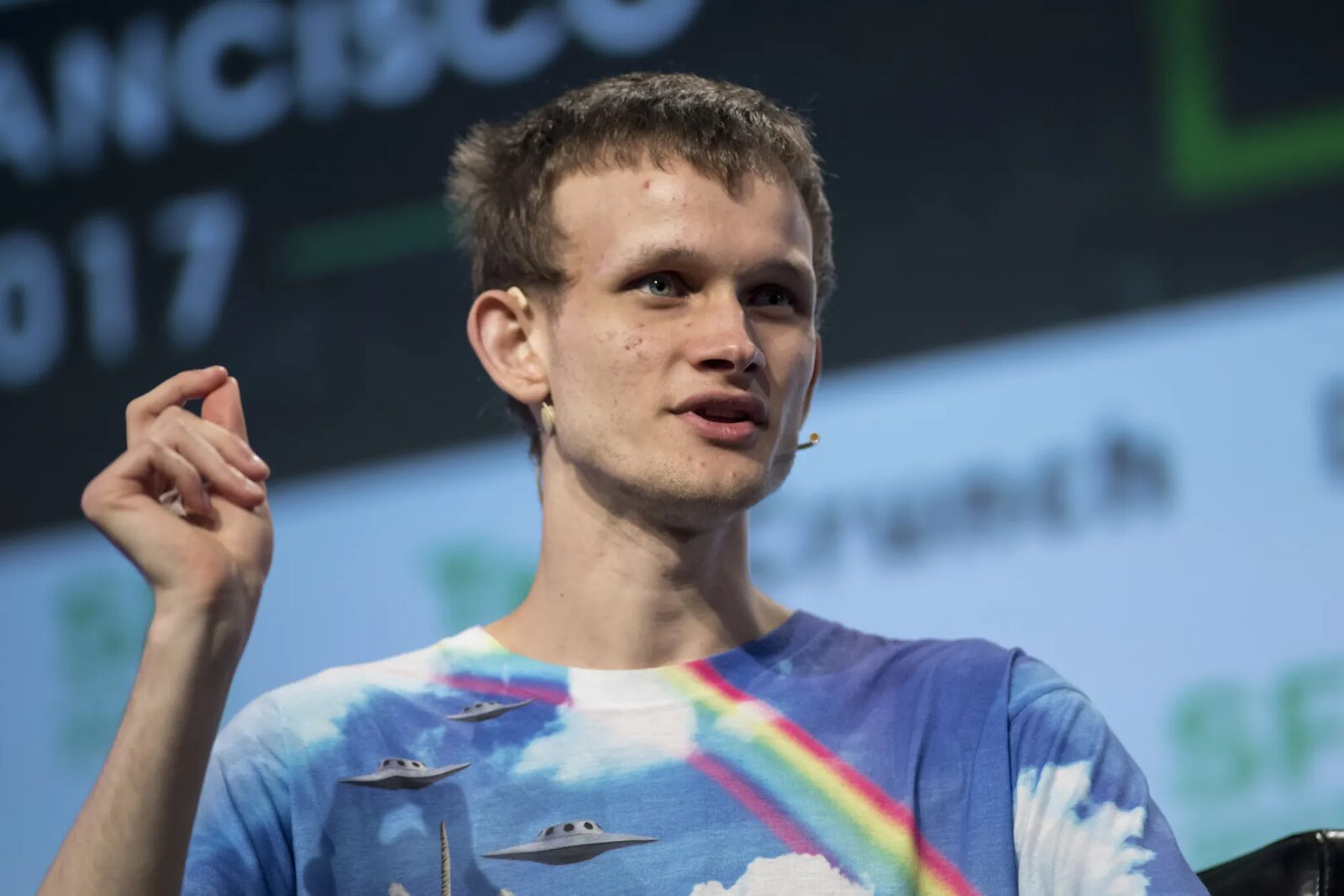

Source: Bloomberg
Before creating Ethereum, Buterin co-founded Bitcoin Magazine, where he explored the potential of cryptographic transaction ledgers. This early involvement in the Bitcoin community shaped his understanding of blockchain’s shortcomings, motivating him to address problems such as limited scripting capacity and network congestion. Recognized by prominent economists and technologists, Buterin has received accolades, including a World Technology Network award, for his forward-thinking vision of the blockchain revolution.
Today, Buterin remains an influential figure in crypto, advocating for advanced scaling solutions like shard chains and sustainable approaches like proof of stake. Through the Ethereum Foundation and various crypto projects, he encourages developers around the world to collaborate on open-source initiatives and harness blockchain’s power for real-world impact.
Vitalik Buterin’s Personal Stats
Full Name: Vitaly Dmitrievich Buterin
Birthplace: Kolomna, Russia
Nationality: Russian-Canadian
Education: Briefly studied computer science at the University of Waterloo
Notable Works: Co-founder of Ethereum, co-founded Bitcoin Magazine
Primary Focus: Decentralization, open-source development, and crypto innovation
Source: Bloomberg
History of Vitalik Buterin
Vitalik Buterin was born in Kolomna, Russia, in 1994. He moved to Canada at age six when his family sought better educational opportunities. Demonstrating an exceptional aptitude for math and economics early on, Buterin attended a private high school that nurtured his analytical skills. During his teenage years, he discovered Bitcoin and delved into its underlying technology.
Eager to write about blockchain developments, Buterin co-founded Bitcoin Magazine, becoming a key voice within the crypto community. While studying computer science at the University of Waterloo, he formulated new ideas for a more programmable blockchain platform.
Convinced that Bitcoin’s scripting language was too limited, he wanted a blockchain that could handle complex ideas and decentralized applications. After winning the Thiel Fellowship and receiving a grant for $100,000, he dropped out of college to focus on Ethereum full-time.
The Creation and Development of Ethereum
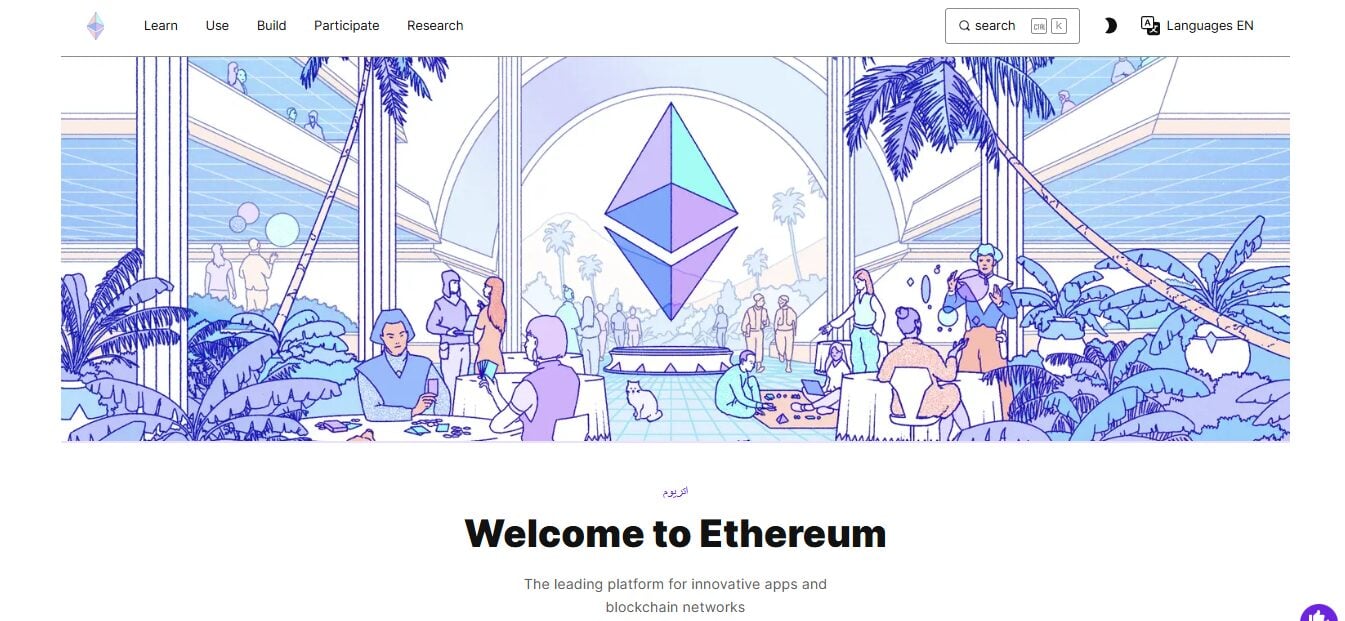

Source: ethereum.org
By creating an entire, Turing-complete programming language as a native aspect of blockchain technology, Buterin and his team have provided developers with powerful tools to create dApps. Unlike Bitcoin, which prioritized secure, peer-to-peer transactions, Ethereum offered a broader framework capable of supporting thousands of unique crypto projects.
Developed in close collaboration with other co-founders Gavin Wood, Joseph Lubin, and Charles Hoskinson, Ethereum is the product of ideas and innovation from across the entire crypto landscape. The project took shape under the guidance of the Ethereum Foundation, an organization that directs research and resources toward the platform’s ongoing growth.
Over time, Ethereum garnered attention from mainstream enterprises, spawning countless Ethereum-based projects focused on DeFi, NFTs, and more. While the network confronted issues of scaling and network congestion, Buterin and the Ethereum developers continually sought solutions to advanced problems, such as transitioning to proof of stake, to keep the Ethereum network resilient and future-ready.
The Ethereum White Paper and Development
Vitalik published Ethereum’s foundational White paper in late 2013, outlining a decentralized platform with a flexible scripting language. The document sparked immense interest, heralding a shift from narrow transaction-based functionality to a limitless environment for decentralized software.
Early Ethereum developers believed that a universal programming layer could catalyze financial and social innovations. Supported by an enthusiastic community, they built robust development tools, forging what became known as the Ethereum Virtual Machine.
Rapid progress followed, culminating in the Ethereum mainnet launch in 2015. This milestone set the stage for tens of thousands of Dapps, forging a global movement around blockchain technology.
The Conception of Ethereum
Buterin envisioned a blockchain platform that could handle advanced smart contracts and user-generated tokens without constant forking. By drawing together ideas from other ecosystems, he devised a plan for a next-generation blockchain.
Co-founders joined the project, and an early prototype emerged during Ethereum’s “yellow paper” era, where design decisions were hotly debated. This collaborative process shaped Ethereum into a decentralized form of computing, paving the way for decentralized finance, digital collectibles, and a wave of blockchain applications impacting real-world industries.
Historical Ethereum Initial Coin Offering (ICO)
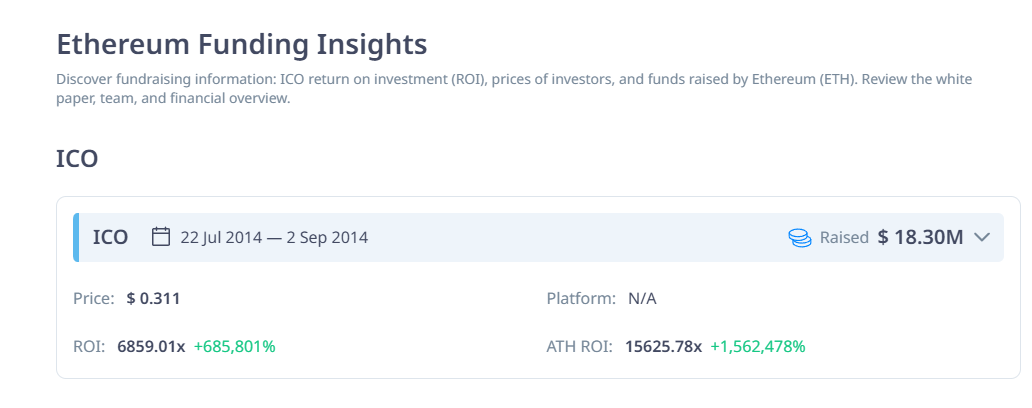

Source: Cryptorank
The Ethereum ICO took place in mid-2014 and is considered one of the earliest successful token sales. Developers needed funding to realize Vitalik Buterin’s vision, so the Ethereum Foundation offered ether (ETH), the chain’s native token, to early supporters in exchange for Bitcoin.
The sale raised around 31,000 BTC, which was worth roughly $18 million at the time, signaling a massive vote of confidence in a decentralized software development platform. This ICO accelerated Ethereum’s initial development, funding the creation of key tools and the Ethereum Virtual Machine.
As a result, it also is largely responsible for popularizing the concept of ICOs, leading to a wave of blockchain projects that used similar crowdfunding models. Despite controversies surrounding later ICOs, Ethereum’s offering remains historic for demonstrating that a global community would collectively invest in a shared blockchain vision.
Ethereum 2.0
Ethereum 2.0 represents a major overhaul to the network, addressing concerns about scalability, security, and sustainability. A cornerstone of Ethereum 2.0 is the transition from proof of work to proof of stake, an evolution designed to reduce the network’s reliance on energy-intensive mining.
The Merge, which took place on September 15th, 2022, combined the proof of stake Beacon Chain with Ethereum’s mainnet. This move signaled Ethereum’s commitment to reducing energy consumption by up to 99 percent, marking a milestone in environmental efficiency. Buterin’s vision for Ethereum 2.0 also includes scaling solutions like sharding, which partitions the blockchain into smaller “shards” to handle more transactions in parallel.
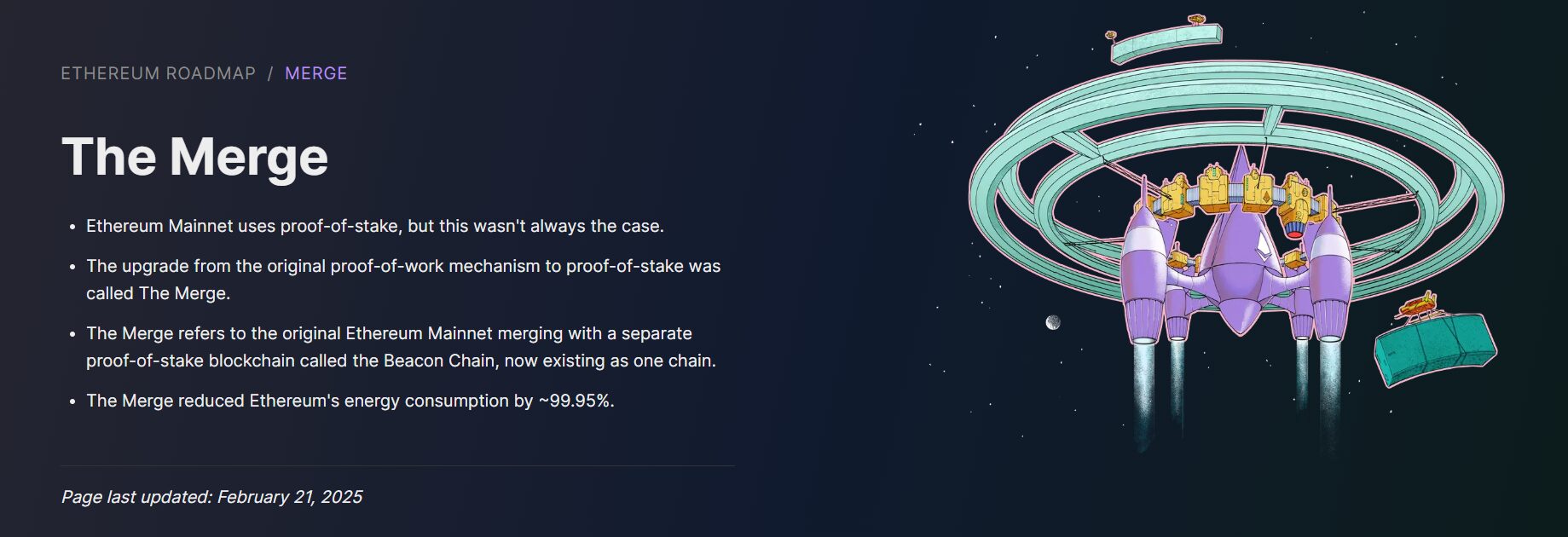

What Makes Ethereum Different From Bitcoin
Ethereum’s native cryptocurrency stands out from Bitcoin primarily due to its programmable blockchain, enabling developers to build decentralized applications that go well beyond simple transactions. Let’s dig into how this makes the Ethereum blockchain radically different.
Smart Contracts and Dapps
Smart contracts are self-executing pieces of code residing on the Ethereum blockchain. They automate agreements without intermediaries, driving dApps across finance, gaming, supply chain, and beyond. Developers can write these contracts in languages like Solidity, unleashing the potential for complex transactions and services within a trustless environment.
This approach contrasts with Bitcoin’s more restricted scripting language, which primarily supports sending and receiving BTC. By allowing anyone to create smart contracts and launch Dapps, Ethereum transformed blockchain technology into a full-fledged software development platform rolled up in a crypto, enabling thousands of use cases that transcend digital currency alone.
DeFi and NFTs
Ethereum played a pioneering role in decentralized finance, powering platforms like Uniswap, MakerDAO, and Aave, which let users lend, borrow, and swap tokens without centralized intermediaries. These DeFi protocols leverage smart contracts to provide transparent, efficient services accessible to anyone with an internet connection.
Ethereum also catalyzed the boom in NFTs, representing unique digital items like artwork and collectibles. Markets such as OpenSea rely on Ethereum’s NFT standards (ERC-721) to tokenize and authenticate ownership of digital assets.
By supporting DeFi and NFTs, Ethereum diversified its ecosystem, cementing itself as a versatile blockchain platform that extends well beyond payment systems.
The Impact of Vitalik Buterin on the Crypto Industry
Advocacy for decentralization & Open-Source Development
Buterin supports a transparent development model, encouraging the community to propose improvements and refine protocols collectively. This approach helped the Ethereum community assign roles through consensus, forming a decentralized structure. His focus on open-source ethos drives continuous innovation, ensuring that new features and scalability solutions remain accessible to all.
Thought Leader and Public Speaker
Beyond software development, Buterin often speaks at conferences and publishes thought pieces on network upgrades, social impacts, and global collaboration. Media outlets refer to him as a leading voice in shaping blockchain policy. By dissecting complex ideas into approachable topics, Buterin promotes a widespread understanding of blockchain’s philosophical and technological foundations.
Philanthropy and Social Contributions
Vitalik Buterin has donated substantial crypto assets to organizations like the Machine Intelligence Research Institute and the Sens Research Foundation, contributing to scientific and humanitarian projects. He also champions initiatives in regions with limited financial infrastructure. By using his wealth for philanthropic efforts, he exemplifies how blockchain success can spark positive change.
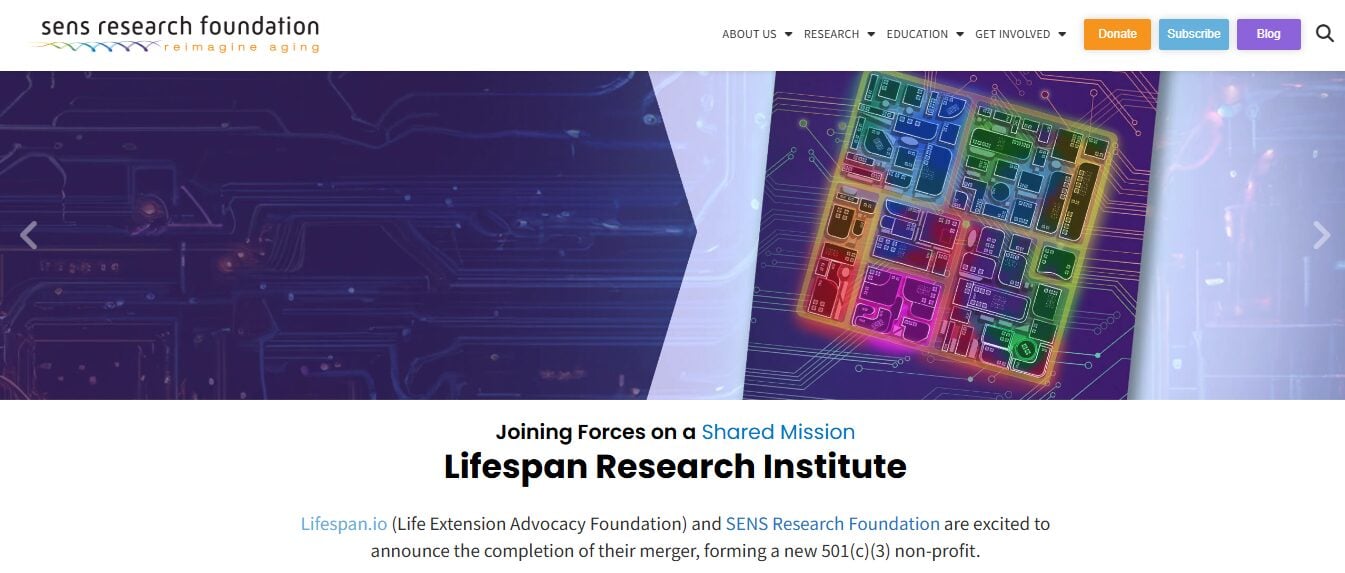

Vitalik Buterin’s Investments
While best known for his work on Ethereum, Buterin also shows interest in other crypto projects (mostly the memecoins on the Ethereum chain), occasionally providing angel funding or participating in advisory roles. He has been linked to collaborations with teams exploring machine intelligence or innovative blockchain solutions.


Source: Arkham
Source: Arkham
Donations and philanthropic activities often include gifting cryptocurrencies to various causes, reflecting his broader conviction that digital assets can serve the public good. Beyond crypto, Buterin sometimes invests in open-source endeavors that expand the potential of decentralized platforms.
Although public disclosures are scarce, his portfolio appears to balance core Ethereum-based projects with strategic support for initiatives that align with his moral and technological vision.
Vitalik’s Investment Strategy
- Focuses on projects that enrich the Ethereum ecosystem
- Prioritizes open-source protocols promoting transparency and user empowerment
- Emphasizes research-driven solutions in artificial intelligence, cryptography, and blockchain scalability
- Supports philanthropic avenues seeking to apply blockchain for social good
- Maintains a long-term perspective on both financial returns and ethical impact
Vitalik Buterin’s Net Worth
Determining Vitalik Buterin’s net worth is not straightforward, partly due to crypto market volatility and his various holdings. He has publicly disclosed the Ethereum address, which holds around 40 ETH, currently. However, this address is only part of a broader multichain wallet worth over $1.2m and is likely only a small portion of his assets. Arkham Intelligence recently revealed another address belonging to Vitalik, showing a net worth of $526 million. Furthermore, Vitalik Buterin is known for donating, philanthropy, and liquidating portions of his funds, adding further complexity to exact estimates.
FAQs
How did Vitalik Buterin make money?
He primarily earned wealth through his early involvement in Ethereum. As a co-founder, he received ETH allocations during the project’s founding stages, which increased dramatically in value over time.
What is the IQ of Vitalik?
Vitalik Buterin’s IQ is not publicly known, but his exceptional analytical abilities and recognition by the crypto community demonstrate that he has substantial intellect.
How much Ethereum does Vitalik own?
Vitalik Buterin’s ETH address is 0xab5801a7d398351b8be11c439e05c5b3259aec9b, and Etherscan data shows there’s 39.565267129855593739 ETH. As of February 25th, 2025, this has a value of about $94,640.81 (@ $2,392.02/ETH). It’s worth noting, however, that this wallet is part of a multichain wallet worth more than $1.2m, but it is the only address that Buterin has publicly disclosed.
How rich is Vitalik Buterin?
Wealth estimates range widely, reflecting crypto’s volatility. His net worth likely hovers in the nebulous $100m-$1b range.
How old is Vitalik Buterin?
Vitalik Buterin was born on January 31st, 1994. As of 2025, he’s 31 years old.
Search
RECENT PRESS RELEASES
Related Post


